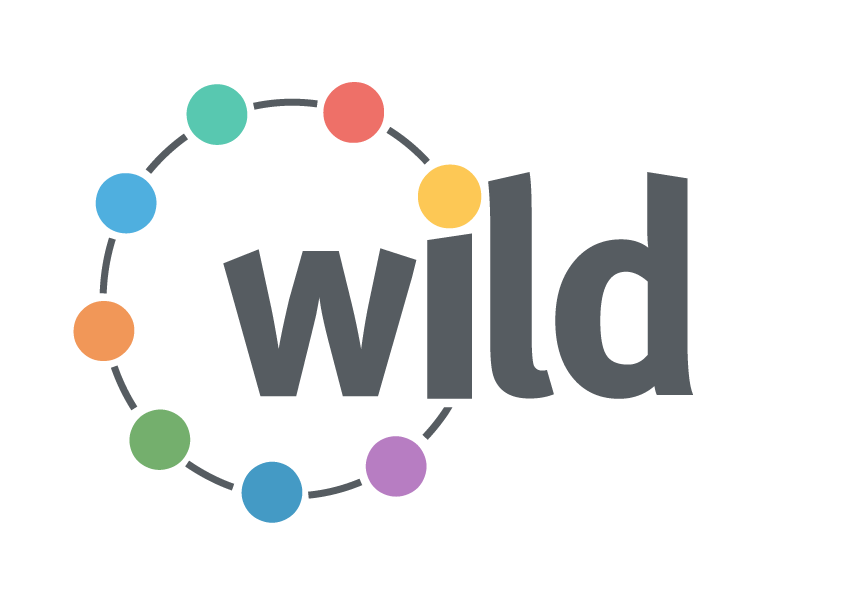
Reducing Preventable Exclusions
School exclusions in England represent a ’wicked’ problem – one for which there is no simple solution and no ‘silver bullet’. It’s a systems challenge that impacts on the whole of society.
For many students, school is not an enjoyable experience. Many are disengaged and disaffected; often turned off from learning by a curriculum that is not relevant to them. Disengaged learners are more likely to be disruptive, truant, be excluded and fail to achieve their potential. They are more likely to fail to enter the workforce.
CLIENT BRIEF
The Headteachers of six schools and the Porticus Foundation briefed us to explore patterns of learning power in disengaged groups of young people and to inspire and empower them to take responsibility for their own learning. The mission was to help those young people to become purposeful, resilient, and self-directed learners who understood how to navigate their own way forwards through risk, uncertainty, and challenge. How could we support them to engage profitably with school, thereby reducing their likelihood of dropping out or being excluded?
HOW WE WENT ABOUT IT
We worked with learning professionals, from each school, to form a charter for change and a measurement model for success. Each learning professional completed their own learning power profile and embarked on a self-directed ‘business innovation challenge’ to contribute to the shared goal.
We analysed learning power data from over 700 students and identified those who were disengaged. We used this data to analyse the needs of those students and co-design new learning experiences to build their sense of personal purpose and their learning power.
WHAT WE DID
Students completed their own learning power profiles and were supported to use them to turn diagnosis into strategies for change.
Enabled Coaching-for-Learning relationships for all including staff, students and (where possible) parents.
Students identified and engaged with real world problems through project based learning, working on issues that mattered to them.
Staff harnessed collective intelligence from across all of the business innovation challenges.
WHAT WORKED
Using learning power profiles to identify learners ‘at-risk’ of disengagement, underachievement and potential exclusion - and then designing targeted and specific interventions.
Forming relationships framed around learning power with ‘new to school’ students, enabling them to set specific change targets and review their own progress and success.
Using learning power to support & assess student engagement with mainstream curricula to increase student agency, knowledge construction, complex problem solving and performance.
Using learning power to structure conversations between students and their parents or carers.
Using learning power as a process driver for ‘life skills’ or ‘values based’ curricula, to support and assess student self-leadership & learning relationships.
Students using learning power to articulate their identities as learners and develop foci for change, as part of reintegration meetings, post exclusion.
Using learning power for class reports rather than traditional measures of behavioural compliance.
A typical profile of the most disaffected and disengaged learners with the lowest levels of learning power. These students will, typically, present as lacking confidence when faced with challenges that push them out of their comfort zone. They tend to rely on tried and tested ways of working, even when these are not productive strategies. They often lack resilience, preferring not to try rather than risk failing. They are the active avoiders, unwilling to engage in the cognitive conflict necessary for learning to happen. They will often present with a fixed mindset of ‘I can’t’ before they even begin.



